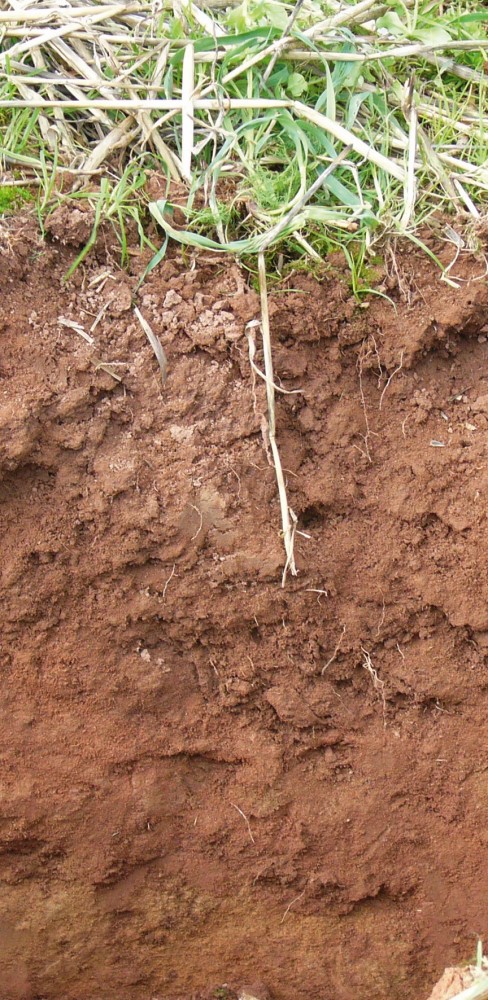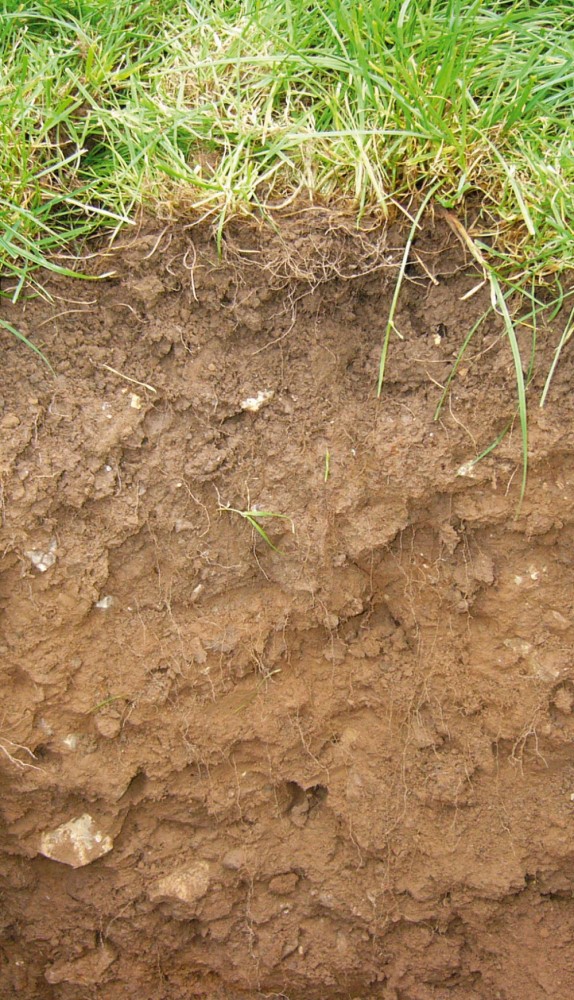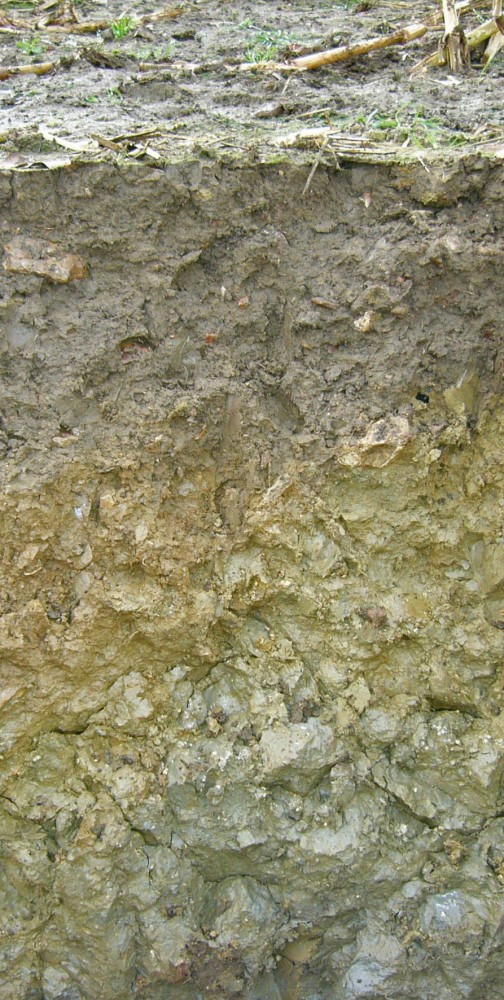- Home
- Knowledge library
- Soil types and soil health principles
Soil types and soil health principles
Understanding the inherent properties of different soil types can inform soil health management approaches.
Back to: Principles to improve soil health
Sandy soils
Biological
- Know: Low capacity to hold organic matter
- Act: Add organic matter regularly to maintain biological activity
- Act: Use composted organic matter to improve soil structure and stability
- Act: Move to ley-arable rotations in very sandy soils, where possible
Chemical
- Know: Low cation exchange capacity
- Act: Lime little and often to maintain pH
- Act: Manage nutrients to match supply and demand
Physical
- Know: Drought risk is significant
- Act: Avoid trafficking wet subsoil
- Act: Install and maintain drainage where groundwater is high

Image © Environment Agency, thinksoils
Medium soils
Biological
- Know: Slow to change organic matter content
- Act: Add organic matter regularly to maintain biological activity
- Act: Monitor organic matter levels, at least every five years
- Act: Add diversity to the crop rotation, while maintaining seasonal flexibility
Chemical
- Know: Some capacity to buffer changes in pH and nutrients
- Act: Monitor pH, P and K regularly
- Act: Manage nutrients to match supply and demand
Physical
- Know: Assess soil structure to know its workability and trafficability limits
- Act: Optimise timeliness of operations to minimise damage
- Act: Install and maintain drainage

Image © Environment Agency, thinksoils
Heavy (clay) soils
Biological
- Know: Naturally high in organic matter
- Act: Add organic matter regularly to maintain biological activity
- Act: Use composted organic matter to improve soil structure and stability
- Act: Move to ley-arable rotations, where possible
Chemical
- Know: High cation exchange capacity and some clay soils have good reserves of K
- Act: Develop good rotational strategies to manage lime, P and K
- Act: Optimise seedbed quality to maximise nutrient use efficiency
Physical
- Know: Waterlogging can be a major issue, especially in soils without active roots
- Act: Optimise timeliness of operations to minimise damage
- Act: Install and maintain drainage

Image © Environment Agency, thinksoils
Useful links
Read more about the properties of different soil types
See how soils are classified into different texture classes
Read the Principles of soil management guide
If you would like to order a hard copy of Principles of soil management, please use our online order form or call 0247 799 0069.
Have a question? Ask a member of the team:
.jpg)

